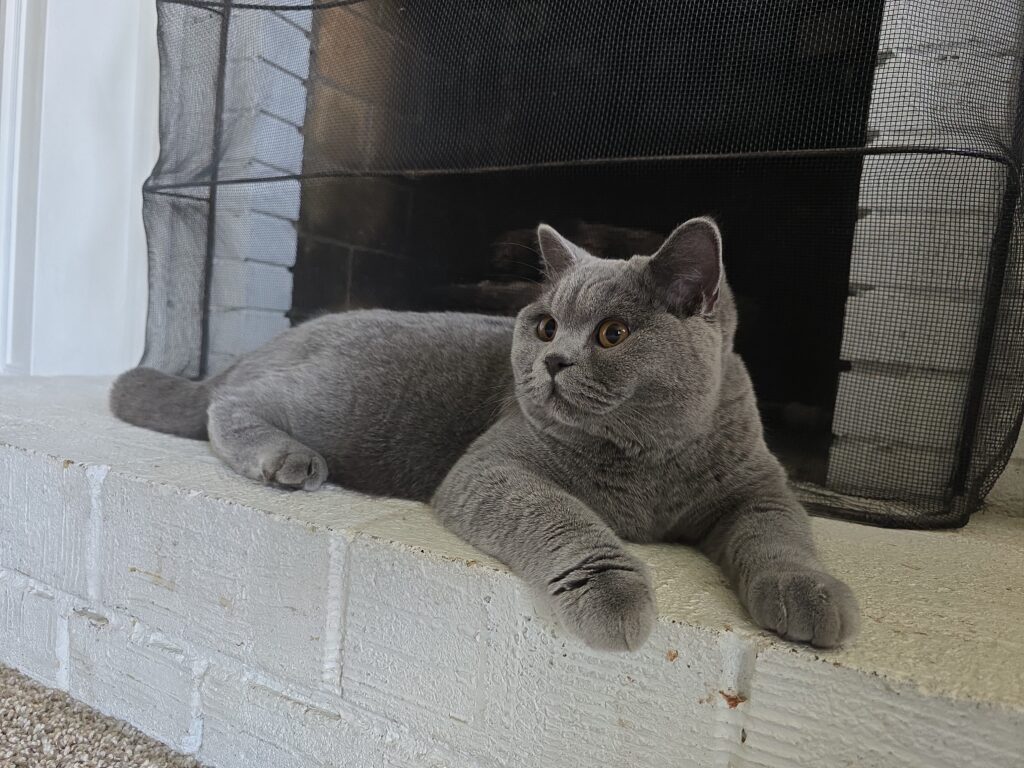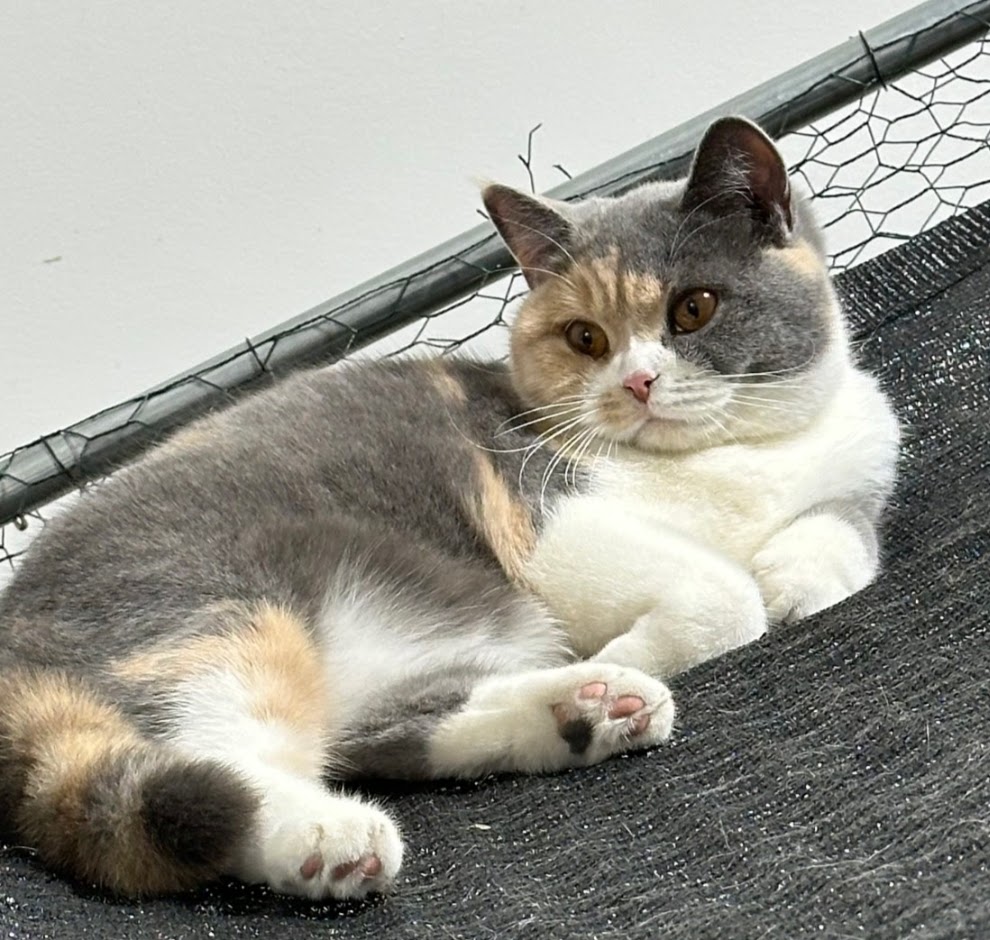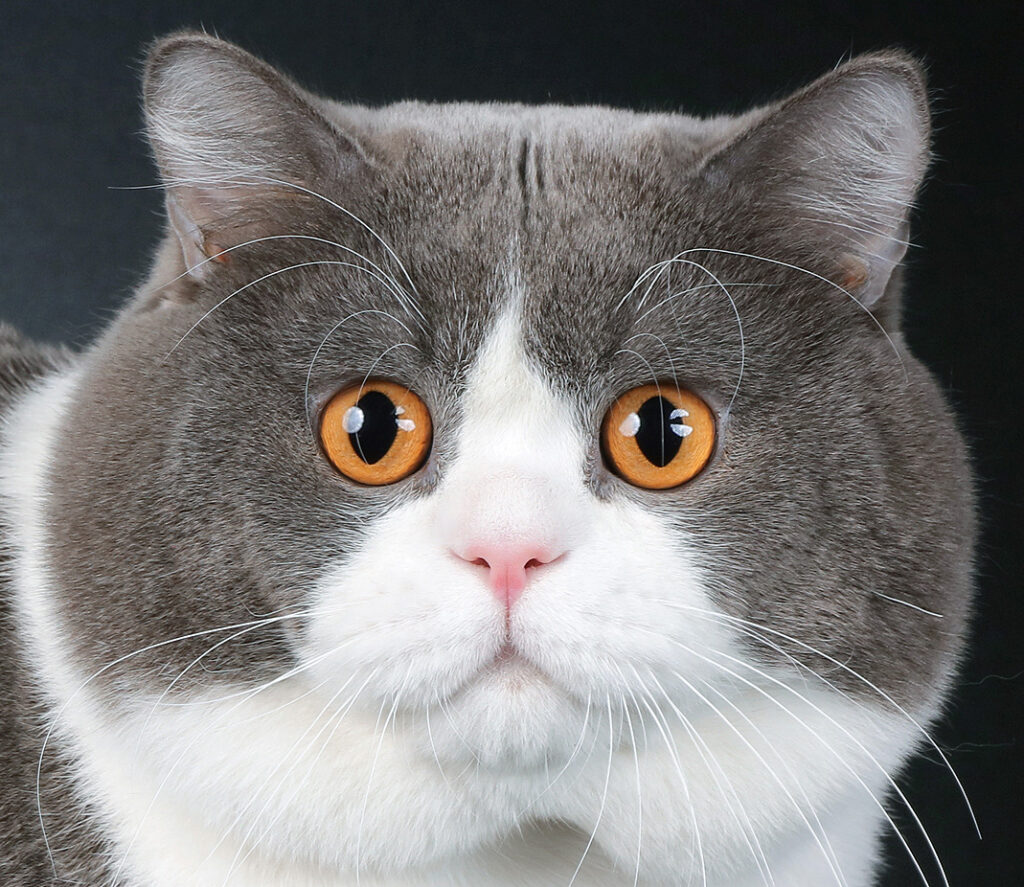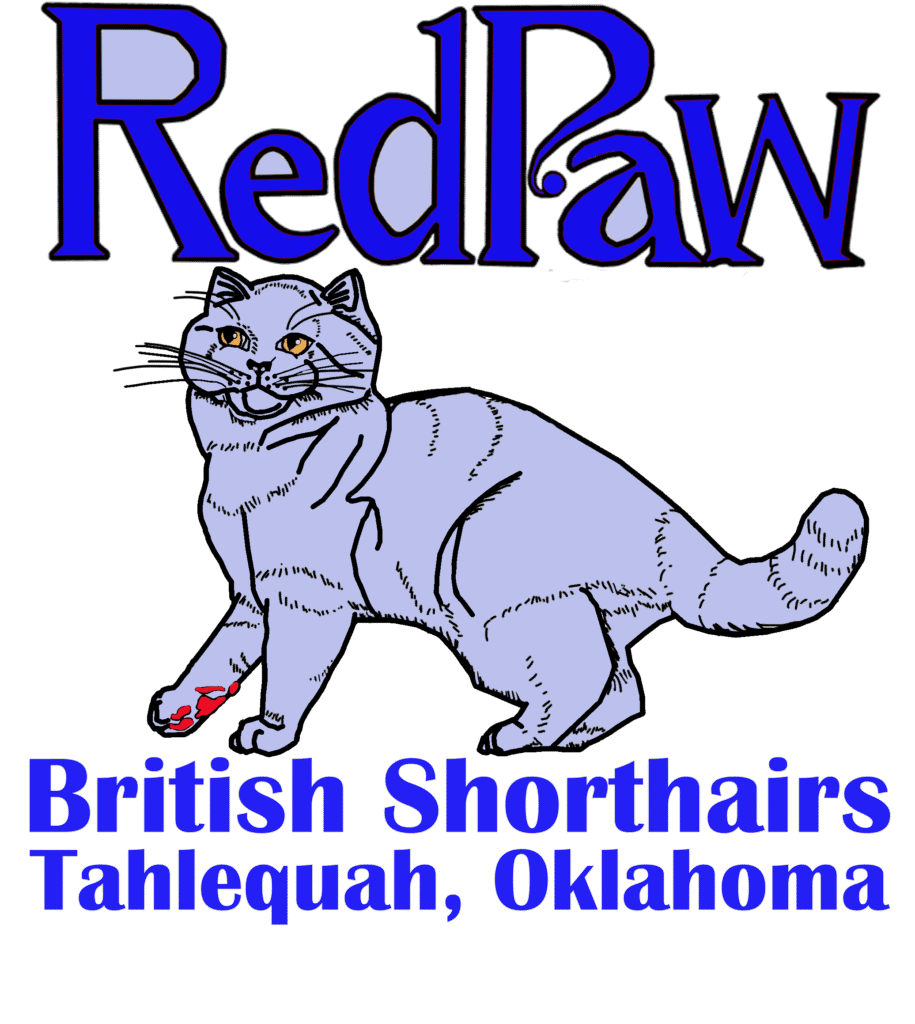Devotees of this robust, powerful breed often liken it to a teddy bear. Cuddly and comforting, the calm presence of a British Shorthair in the home means a welcoming “smile” for visitors and loyal, affectionate companionship for everyone in the house—mice, of course, excepted! This cat’s short, dense coat contains more hairs per square inch than any other breed, making it luxuriously rich to the touch yet easy to care for. With their sturdy, muscular builds, they are most comfortable keeping all four feet on the floor, so are highly unlikely to invade kitchen counters or endanger your good china.

Breed History
Considered the modern embodiment of ancient Roman cats, British Shorthairs first came into the public eye at turn-of-the century cat shows in London’s Crystal Palace. Both World Wars wreaked havoc on the gene pool and necessitated some cross-breeding to both Persians and “moggies” (random-bred domestic shorthairs) in order to maintain and then improve the type. By the 1950s, British breeders’ efforts had become so successful that a blue male named Brynbuboo Little Monarch was the very first Grand Champion of any breed in the U.K.’s Governing Council of the Cat Fancy. Monarch was such a popular stud that most Brits today trace their ancestry back to him. First exported to the U.S. in the early 1900s, these cats were initially registered as “British Blues,” but are now seen in many colors, including Lilac, white, cinnamon, chocolate, gold, black, bicolors, and tabbies.

Photography by SpyZoo
Traits
British Shorthairs take a keen interest in all their owners’ activities, and will bestow attention and affection on each member of the family rather than choosing one key person. They enjoy supervising you from a nearby distance rather than providing paws-on assistance, and will wait for an invitation to sit on the couch beside you rather than jumping into your lap. Although they are quiet, sedate cats, don’t think they aren’t intelligent. They learn your daily routine, follow from room to room as you complete it, and protest with a gentle touch of a paw if something changes significantly.
With its confidence and easy-going nature, your British Shorthair will easily adjust to the presence of a dog or other pet, but may become top cat on the household totem pole. Extremely patient, they also do well with children, but may withdraw during periods of loud activity. It would also be wise to instruct children that these cats are not fond of being carried around. Peaceful and placid, British Shorthairs may occasionally comment on your daily doings, but rarely engage in lengthy conversation.

Physical Attributes
Slow to mature, this breed does not reach its full size until approximately three years of age; males may grow as large as 17 pounds while females are somewhat smaller. With their full, broad chests, strong, muscular legs, and powerful torsos, British Shorthairs have a somewhat intimidating physical presence that belies their gentle personalities. Their medium-sized ears are set well apart on a sweet-faced, rounded head, with large round eyes and prominent whisker pads that give them the appearance of a smile. It is worth noting that Lewis Carroll’s grinning Cheshire Cat is presumed to be a tabby British Shorthair.

Grooming
Given the extreme density of the British Shorthair coat, it would be unrealistic not to expect some shedding. However, because the coat is short and resilient, it is also quite easy to groom and most owners find a quick weekly combing or brushing to be sufficient to control stray fur. This, plus regular claw clipping and an occasional cleaning of the ears, should be all the extra care that your Brit will need.

RedPaw Cats
Tahlequah, Oklahoma
918-724-0376